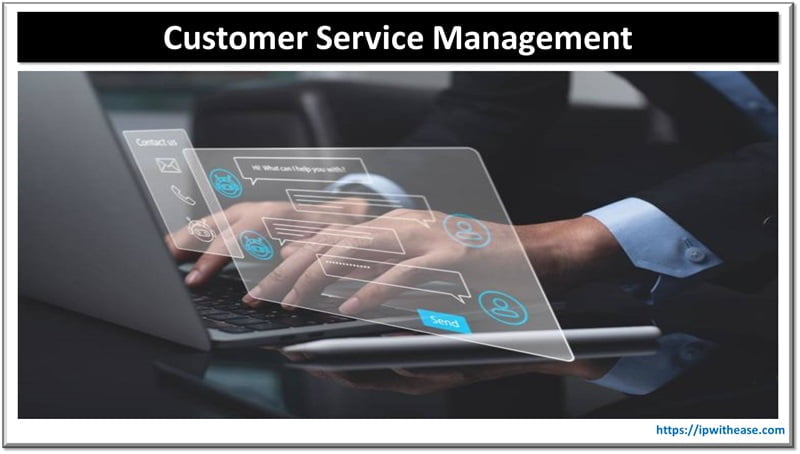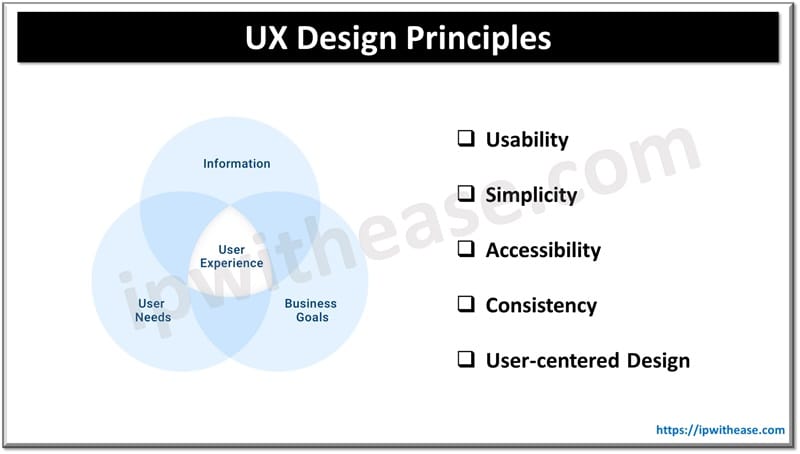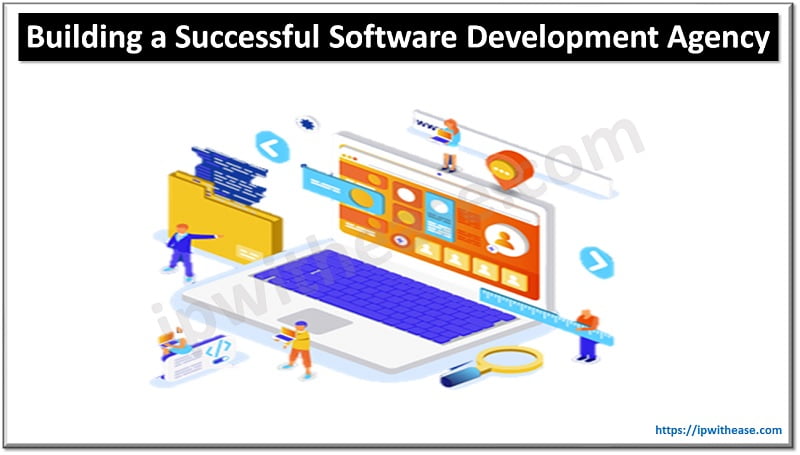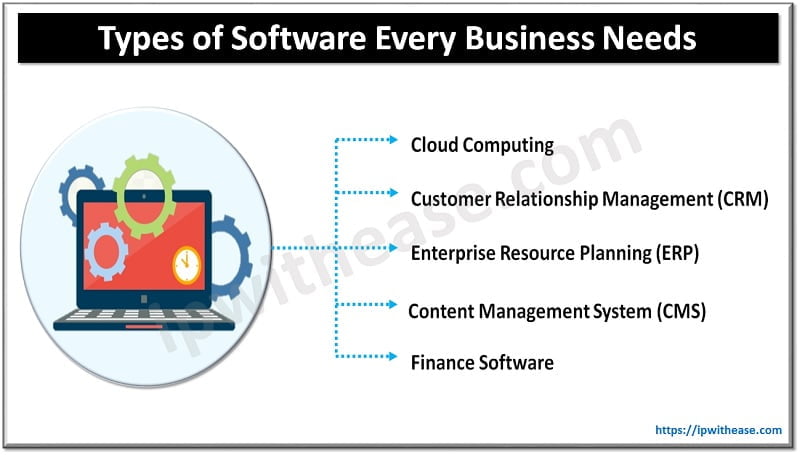Table of Contents
Customer service management involves a strategy focused on fostering and improving customer relationships beyond transactions. It covers all customer interactions, with a business from inquiries, to purchase support issue resolution and continuous engagement initiatives. The goal of CSM is to ensure experiences at every stage of the customer journey by emphasizing customer satisfaction and loyalty.
What is Customer Service Management?
Providing customer service involves meeting the needs of customers whether it’s handling their requests, addressing any concerns they may have or resolving issues they encounter. Customer service management simplifies this process, by using automation tools such as customer support software, live chat services, phone support and email communication.
Automation systems are effective in automating tasks, allowing your team to focus on critical tasks. They offer
1. Self service options for customers to reduce the workload on service teams.
2. Improved service delivery, through automated workflows and business rules.
3. A repository of FAQs for customers to refer to.
4. Efficient ticket Routing
5. Monitoring performance to identify areas that need improvement.

Why your business needs Customer Service Management?
Effective customer service management plays a role in the growth of any organization. Let’s delve into why having a customer service management platform is essential –
1. Customer centric approach
Putting the customers’ satisfaction first adjusting to their evolving needs is key.
2. Setting priorities
Recognizing the difference between organizations that focus on customers and those that focus internally ensures attention to what customers want.
3. Business to business benefits
Improving customer loyalty in B2B companies reduces the need to constantly acquire customers thus cutting costs.
4. Enhanced satisfaction levels
Providing top notch service results in customers who’re more likely to recommend and make repeat purchases.
5. Increased spending
Happy customers are inclined to spend more, ultimately boosting revenue, for businesses over time.
6. Reputation management
Delivering service helps build a reputation that attracts new clientele while one negative experience can lead to reputational harm and loss of business opportunities.
Types of Customers
Customers’ requirements change over time as they engage with your business dividing into two types; those related to products/services and additional services. Customer service teams must understand these needs to effectively assist customers with product inquiries or post-sales support. Elements such as empathy, speed, ease of access, transparency, guidance, availability and choice play roles in meeting customer needs.
To address these needs effectively four essential factors come into play
1. Recognizing customer needs
Utilize CRM solutions to gather and analyze customer data helping you better comprehend and categorize their requirements.
2. Catering to diverse customer needs
Customize strategies to cater to customer segments by taking into account aspects like delivery speed or product personalization.
3. Seeking customer feedback actively
Encourage feedback from customers to grasp their preferences and identify areas for improvement fostering a sense of value and connection.
4. Evaluating customer satisfaction
Select metrics that align with your industry standards and prioritize the customers interests to accurately measure satisfaction levels and identify areas for improvement.
Customer Service Management Tips for 2024
As businesses navigate evolving customer expectations and market dynamics, here are some actionable tips to enhance CSM practices:
Here are five tips to enhance customer service management:
- Hire staff with the right skills and qualities for your business needs. Soft skills like empathy and active listening are as crucial as technical abilities.
- Clearly define roles and responsibilities within service teams to ensure efficient handling of customer interactions and prevent oversight.
- Facilitate communication and collaboration with other departments to address customer inquiries effectively, particularly in complex cases.
- Establish a customer service philosophy to guide interactions and build stronger customer relationships, reinforcing company values.
- Provide your service team with cutting-edge tools and technologies like cloud contact centers to streamline processes, reduce wait times, and enhance issue resolution efficiency.
By embracing customer service management as a strategic imperative, businesses can create sustainable competitive advantages, drive customer loyalty, and achieve long-term success in customer-centric marketplace.
Strategies to Manage Your Customer Service
Improve customer service management with these steps:
1. Establish a structured plan: Develop guidelines and best practices in a playbook for your team to follow.
2. Be realistic: Consider your business size and resources when planning, allowing for gradual improvement.
3. Set goals and strategies: Listen to customer feedback to enhance satisfaction. Utilize tools like chatbots and customer satisfaction surveys for insights.
4. Implement efficient systems: Automate processes with solutions like Service Cloud for quick issue resolution and smarter solutions.
5. Measure metrics: Track satisfaction, effort, and resolution rates to gauge performance and set targeted goals for improvement.
Conclusion
Customer service management (CSM) plays a role in business practices focusing on building and maintaining strong connections with customers at every stage of their experience. It goes beyond transactions by giving importance to customer happiness, loyalty and ongoing interaction. Through the use of tools recognizing changing customer requirements, employing strategies and staying up-to-date on current developments companies can exceed customer expectations and achieve long-term success in a competitive market.
Continue Reading:
What is Cloud Security Posture Management (CSPM)?
Introduction to Zscaler DAS – Deployment Advisory Services
ABOUT THE AUTHOR
IPwithease is aimed at sharing knowledge across varied domains like Network, Security, Virtualization, Software, Wireless, etc.



